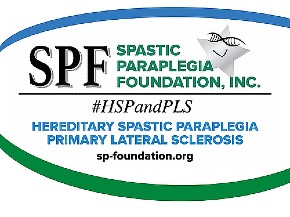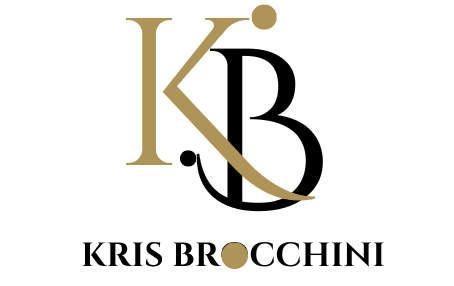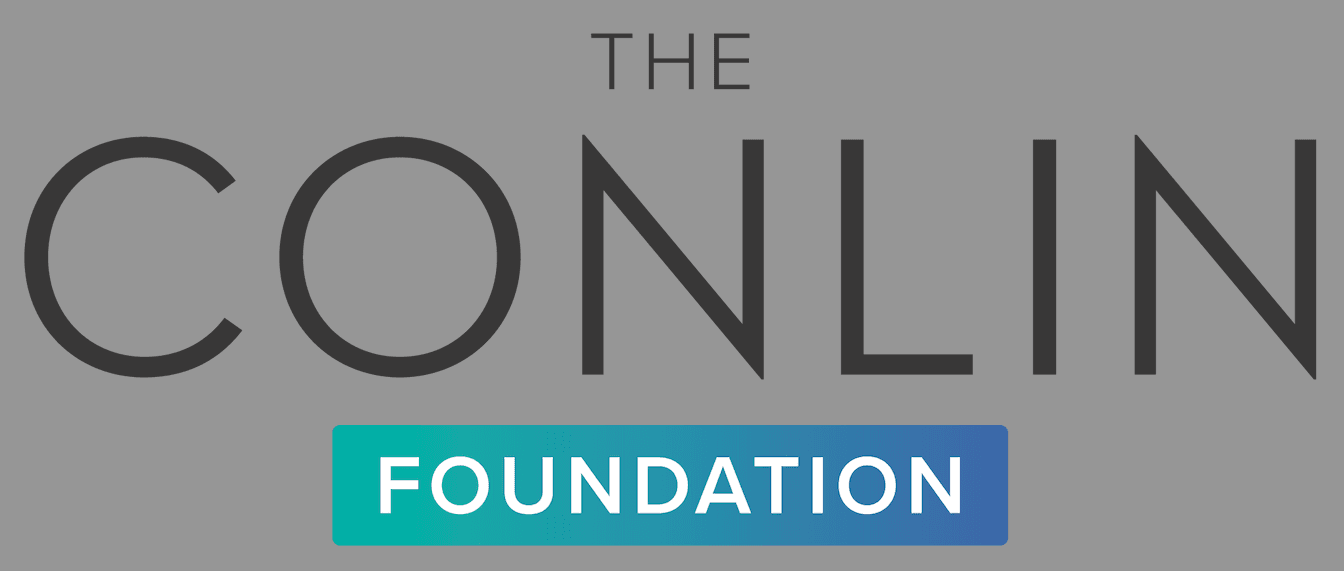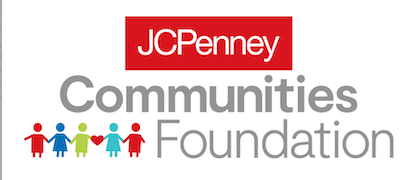The newest publicly traded genome editing company, Beam Therapeutics, has gotten one of its experimental sickle cell therapies to produce high levels of healthy hemoglobin in lab mice, it plans to announce at the (virtual) annual meeting of the American Society of Gene and Cell Therapy on Wednesday, paving the way for human trials.
Beam’s is one of more than two dozen sickle cell studies being presented at ASGCT. The intense activity is a dramatic turnaround: Although sickle cell disease is the most common inherited blood disorder, with an estimated 100,000 patients (mostly of African descent) in the U.S., for decades it received less scientific attention and funding support than other genetic diseases.
As scientists now evaluate multiple genetic strategies, “it’s a great problem to have, especially compared to the [R&D] desert we had,” said sickle cell expert Alexis Thompson of Children’s Hospital of Chicago.
The new approaches use CRISPR genome editing, in different forms and with different targets, but all in hematopoietic stem cells. There is broad agreement that a genetic therapy for sickle cell will start by removing these blood-cell precursors from a patient, edit the cells’ DNA in the lab, then infuse them into the bone marrow.
The CRISPR therapies will have to best a more traditional genetic therapy from Bluebird Bio, in which copies of a healthy globin gene (which is mutated in sickle cell) are slipped into a patient’s blood-making cells. While scientists applaud Bluebird’s work, they say it’s important to keep pushing other strategies. “It’s valuable to have lots of shots on goal,” said Shengdar Tsai of St. Jude Children’s Research Hospital in Memphis, Tenn.
Data being presented at ASGCT this week reflect various strategies for treating the disease:
Imitating nature’s unicorns: Beam’s form of CRISPR, called base editing, does not break DNA, as classic CRISPR does, and so might be safer. It changes a single “letter” in the genome, making it an ideal tool for sickle cell, Beam president and chief science officer Giuseppe Ciaramella told STAT. Such a one-letter change can produce a natural but rare genetic variant that spares red blood cells from sickling (and thereby losing their ability to transport oxygen). And producing that variant, called HbG Makassar, requires only a one-letter change at the site of the sickling mutation in the globin gene, from A to G.
Using the base editor, which Beam calls ABE, to make that change in blood-progenitor cells from a sickle cell patient caused just over 80% of total hemoglobin in cell culture to be the HbG-Makassar variant; fewer than 20% of hemoglobin molecules remained in the sickling form.
“The Makassar variant has oxygen-binding capability comparable to healthy hemoglobin,” Ciaramella said.
Further research is needed to see whether cells with the Makassar edit efficiently engraft into the bone marrow of lab mice and produce high enough levels of oxygen-carrying hemoglobin to be therapeutic.
Turn on fetal genes, part one: At birth, people make fetal hemoglobin, which even in those with sickle cell mutations is healthy and able to carry oxygen. Cells shut off production of fetal hemoglobin after a few months. But some rare individuals have mutations in the genes that make fetal hemoglobin, stopping it from being turned off. As a result, even if these people have the sickle cell mutation, they never develop the disease.
Beam’s other base editor reproduces some of these mutations, altering regions of the genome that regulate fetal hemoglobin, called HBG1 and HBG2, blocking the brake on fetal hemoglobin and likely strengthening the activity of DNA that turns on fetal hemoglobin.
“We’re achieving two things at once,” said Beam CEO John Evans, “eliminating repression and making the promoter stronger.” When cells from two sickle cell patients were edited in this way and implanted into mice, 16 weeks or more later, as much as 65% of their hemoglobin was the oxygen-carrying fetal form.
“Sickle cell is a crowded field,” Evans acknowledged. And newcomers will have to do better than the early leaders: Last year, Vertex and CRISPR Therapeutics announced that their CRISPR-based therapy, which also disrupts the fetal-to-adult hemoglobin switch, had achieved nearly 100% fetal hemoglobin in the one sickle cell patient they reported on.
Evans said he is nevertheless “convinced that base editing can provide a significant benefit” over other CRISPR-based strategies. The results are good enough, he said, to plan human trials of the fetal hemoglobin strategy: “There really isn’t another major step for us before moving this into the clinic.”
Turn on fetal genes, part two: Another strategy aiming to increase fetal hemoglobin production is showing promise in nonhuman primates, researchers led by John Tisdale of the National Institutes of Health will announce at ASGCT on Wednesday. With Daniel Bauer of Boston Children’s Hospital doing the genome editing, and Tsai’s team at St. Jude collaborating, they aimed CRISPR at the region of DNA that regulates BCL11A, called +58 enhancer. Since BCL11A is a brake on fetal hemoglobin, disabling the enhancer should keep fetal hemoglobin from being turned off.
Tisdale and his colleagues then transplanted the edited cells into the bone marrow of rhesus monkeys. “This allowed us to pressure-test a potential therapy in a large animal model,” Bauer said.
The monkeys produced levels of fetal hemoglobin as high as 29%. “This may be one of the simplest strategies” for sickle-cell genetic therapy, he said, “because you make a one-time highly-efficient edit, and the stem cells’ progeny produce high levels of fetal hemoglobin indefinitely. As we consider how to make therapies that are scalable, this has a lot of potential benefits.”
Scientists led by St. Jude’s Tsai and Mitchell Weiss also aimed their genome editor at BCL11A, transplanting edited cells into lab mice. The animals’ fetal hemoglobin reached as high as 34%.
“The editing was pretty stable, which is encouraging,” Tsai said, since it suggests that if this becomes a sickle-cell therapy, it could work with only a single transfusion: The blood-making cells would thrive and reproduce, churning out fetal hemoglobin at levels high enough and persistent enough to prevent the worst outcomes of the disease.







